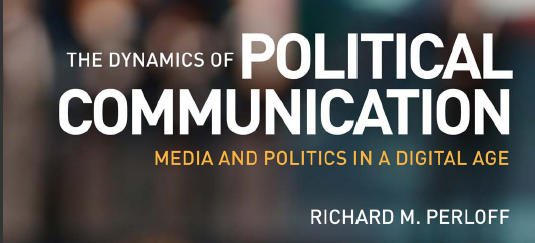The Print Media Revolution
While paper and block printing developed in China around 100 C.E. and 1045, respectively, what we recognize as modern printing did not emerge until the middle of the fifteenth century. At that time in Germany, Johannes Gutenberg’s invention of movable metallic type and the printing press ushered in the modern print era. Printing presses and publications then spread rapidly across Europe in the late 1400s and early 1500s. Early on, many books were large, elaborate, and expensive. It took months to illustrate and publish these volumes, and they were usually purchased by wealthy aristocrats, royal families, church leaders, prominent merchants, and powerful politicians. Gradually, however, printers reduced the size and cost of books, making them available and affordable to more people. Books eventually became the first mass-marketed products in history.
The printing press combined three elements necessary for mass-market innovation. First, machine duplication replaced the tedious system in which scribes hand-copied texts. Second, duplication could occur rapidly, so large quantities of the same book could be reproduced easily. Third, the faster production of multiple copies brought down the cost of each unit, which made books more affordable to less affluent people.
Since mass-produced printed materials could spread information and ideas faster and farther than ever before, writers could use print to disseminate views counter to traditional civic doctrine and religious authority—views that paved the way for major social and cultural changes, such as the Protestant Reformation and the rise of modern nationalism. People started to resist traditional clerical authority and also to think of themselves not merely as members of families, isolated communities, or tribes, but as part of a country whose interests were broader than local or regional concerns. While oral and written societies had favored decentralized local governments, the print era supported the ascent of more centralized nation-states.
Eventually, the machine production of mass quantities that had resulted in a lowered cost per unit for books became an essential factor in the mass production of other goods, which led to the Industrial Revolution, modern capitalism, and the consumer culture in the twentieth century. With the revolution in industry came the rise of the middle class and an elite business class of owners and managers who acquired the kind of influence formerly held only by the nobility or the clergy. Print media became key tools that commercial and political leaders used to distribute information and maintain social order.
As with the Internet today, however, it was difficult for a single business or political leader, certainly in a democratic society, to gain exclusive control over printing technology (although the king or queen did control printing press licenses in England until the early nineteenth century, and even today governments in many countries control presses, access to paper, advertising, and distribution channels). Instead, the mass publication of pamphlets, magazines, and books helped democratize knowledge, and literacy rates rose among the working and middle classes. Industrialization required a more educated workforce, but printed literature and textbooks also encouraged compulsory education, thus promoting literacy and extending learning beyond the world of wealthy upper-class citizens.
Just as the printing press fostered nationalism, it also nourished the ideal of individualism. People came to rely less on their local community and their commercial, religious, and political leaders for guidance. By challenging tribal life, the printing press “fostered the modern idea of individuality,” disrupting “the medieval sense of community and integration.”5 In urban and industrial environments, many individuals became cut off from the traditions of rural and small-town life, which had encouraged community cooperation in premodern times. By the mid-nineteenth century, the ideal of individualism affirmed the rise of commerce and increased resistance to government interference in the affairs of self-reliant entrepreneurs. The democratic impulse of individualism became a fundamental value in American society in the nineteenth and twentieth centuries.


